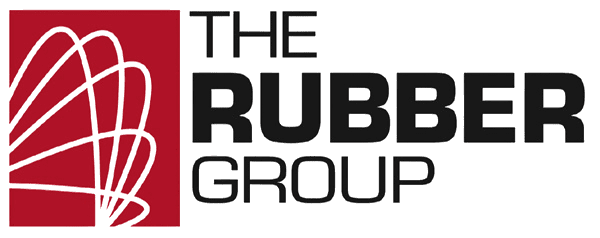Rapid prototyping for molded rubber products can quickly produce a sample or model that is made of the same material that you plan to use during parts manufacturing. By building a cost-effective mold frame, The Rubber Group can also use the same process – injection, compression, or transfer molding – that you plan to use during production. With our tooling support, we leverage in-stock billets that are machined into molds with quick turn-around times. The rapid prototypes you’ll get when you work with us can also reflect the design for manufacturing (DFM) and engineering assistance that we offer.
The benefits of this approach are clear, but some designers may still prototype with other processes. Traditionally, room temperature vulcanization (RTV) molding was used. Currently, various 3D printing technologies are being tried. These other prototyping techniques have their advantages, but they also have limitations. By comparing RTV molding and 3D printing to The Rubber Group’s approach, designers can make an informed decision about rapid prototyping for molded rubber products. They may also be surprised to learn that our approach doesn’t cost much more than a common type of 3D printing.
RTV Molding for Rapid Prototyping
RTV molding uses a master pattern, a silicone mold, and casting resins to create urethane or silicone parts. It costs less than most 3D printing processes and can achieve complex geometries, intricate details, and tight tolerances. However, RTV molding supports a limited number of materials and can be time-consuming. If your final product will be made of something other than silicone or urethane, you’ll have to use different materials during prototyping and production. Plus, although RTV molds can be used many times, you may still need a metal mold for your manufacturing process.
3D Printing for Rapid Prototyping
3D printing (3DP) can produce the master pattern that’s used in RTV molding, but most designers associate this form of additive manufacturing with rapid prototyping for plastic parts. Designers like the ability to go from concept to CAD file to a prototype without tooling; however, there are 3DP limitations. For example, there are many more 3D printers and 3D printing materials for plastic than for rubber. 3D printed parts may be rubber-like, but they are not true rubber. Plus, the end-use properties of a 3D printed material differ from that same material’s properties when it is molded.
Selective laser sintering (SLC), a 3D printing technique, can be used to simulate rubber but the parts are inelastic and have a rough surface. PolyJet technology provides better elasticity and surface finish, but some materials lack the strength of true rubber products. Continuous liquid interface production (CLIP) technology can use real polyurethane, but the durometer is limited and the cost is expensive. Stereolithography (SLA) uses rubber-like resins with high flexibility and impact resistance but these 3D printing materials have properties that degrade over time. What’s attractive, however, is SLA’s cost.
Cost-Effective Molded Rubber Protypes
The Rubber Group’s approach to rapid prototyping for molded rubber products is cost-competitive with SLA and provides designers with prototype parts that are made of the same materials as production parts – and that have the same end-use properties. Compared to RTV molding, you’ll have more choices than just silicone or urethane. Unlike 3D printing, you’ll get rubber instead of rubber-like parts with the properties that you need for functional testing. Building your mold by attaching it to a frame means paying for tooling, but this process limits costs and shortens lead times.
Are you ready to learn more about how The Rubber Group can provide you with rapid prototyping for molded rubber products? Contact us.
